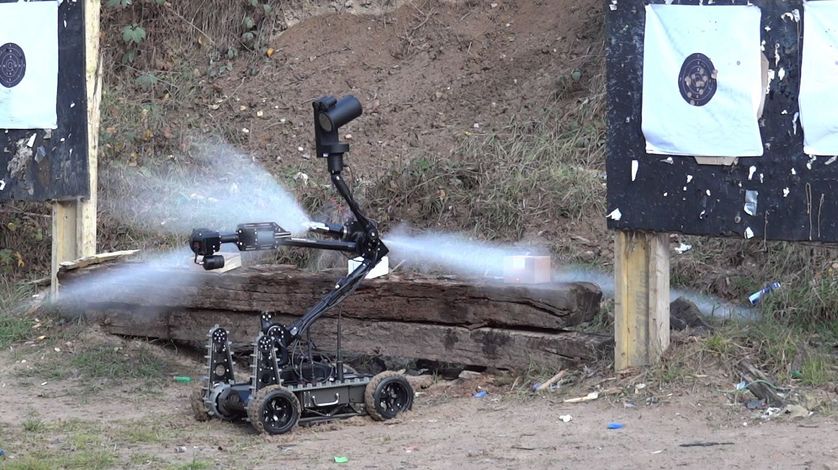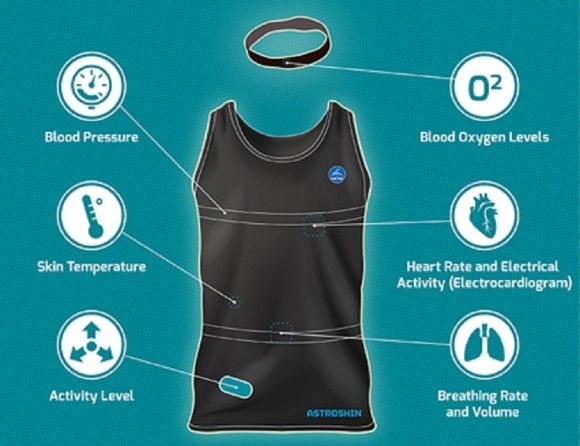Industry
Industrial Research Institute for Automation and Measurements – Robots For Indonesia and South Korea
During the first quarter of the year 2017, the Industrial Research Institute for Automation and Measurements (PIAP) has finalized yet another delivery of the PIAP GRYF robots for the South Korean and Indonesian Armed Forces.
PIAP GRYF robots, destined to be delivered for the Indonesian Army, have been fitted with extra equipment, such as an FNK Freezer holder and optical fibre winding mechanism. Thanks to the fact that a holder has been applied, the robots will be capable of utilizing a device which, with the use of liquid nitrogen, would make it possible to freeze an explosive device or suspicious objects, before an explosion takes place. The automatic optical fibre winding device will enable the operator to control the robot at distances of up to 300 meters, in conditions with heavy radio interference.

Meanwhile, the South Korean equipment package for the PIAP GRYF system includes 16 types of auxiliary accessories, such as a shotgun mount, disrupter mount, bus that may be used to remotely detonate the explosives, tyre-puncturing device, cable cutter and a screwdriver. The latter tools are stored within a tool bank, and they are automatically drawn, should a need arise. The tool bank is an integral part of the robot’s mobile base.
Industrial Research Institute for Automation and Measurements (PIAP) has been acting as a supplier of bomb disposal robots in Indonesia since the year 2013, meanwhile the Republic of Korea has been using robots delivered by the Polish manufacturer since 2015.
Collaboration between the PIAP institute and the Asian customers made it possible to develop a series of modifications for the PIAP Gryf system which are also being utilized by a number of Polish users. The modifications include a live preview of the imagery delivered from four cameras, which is displayed simultaneously on the remote control panel. The said solution allows the operator to gain a higher level of awareness in the area of operations. The robots have also been fitted with new motors, making it possible for the platform to move around quicker, at speeds of up to 10 kilometres per hour. Finally, the new design changes also include an option of visualizing the manipulator’s position on the control panel, thus its movement may be assessed by the operator, even in situations in which the robot stays beyond the operator’s line of sight.
Furthermore, the Gryf robots have also been fitted with a tool bank installed on a mobile platform (including electrical wire cutters and a glass pane breaker) and by application of a double pyrotechnic disrupter (making it possible for shooting the object twice, without the need of reloading).


